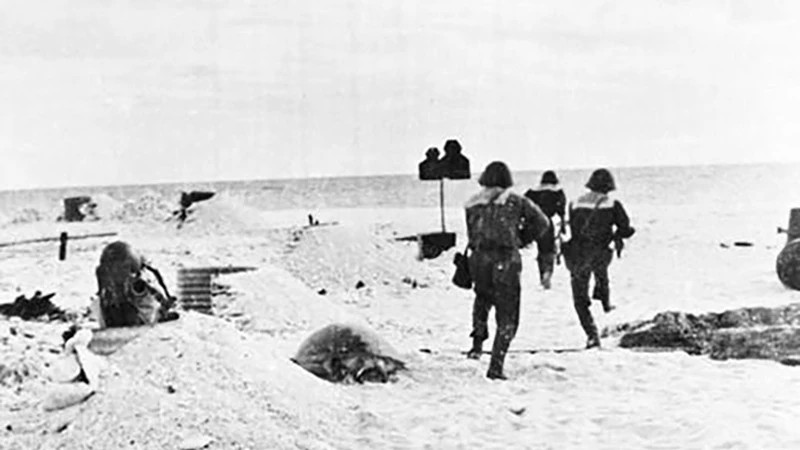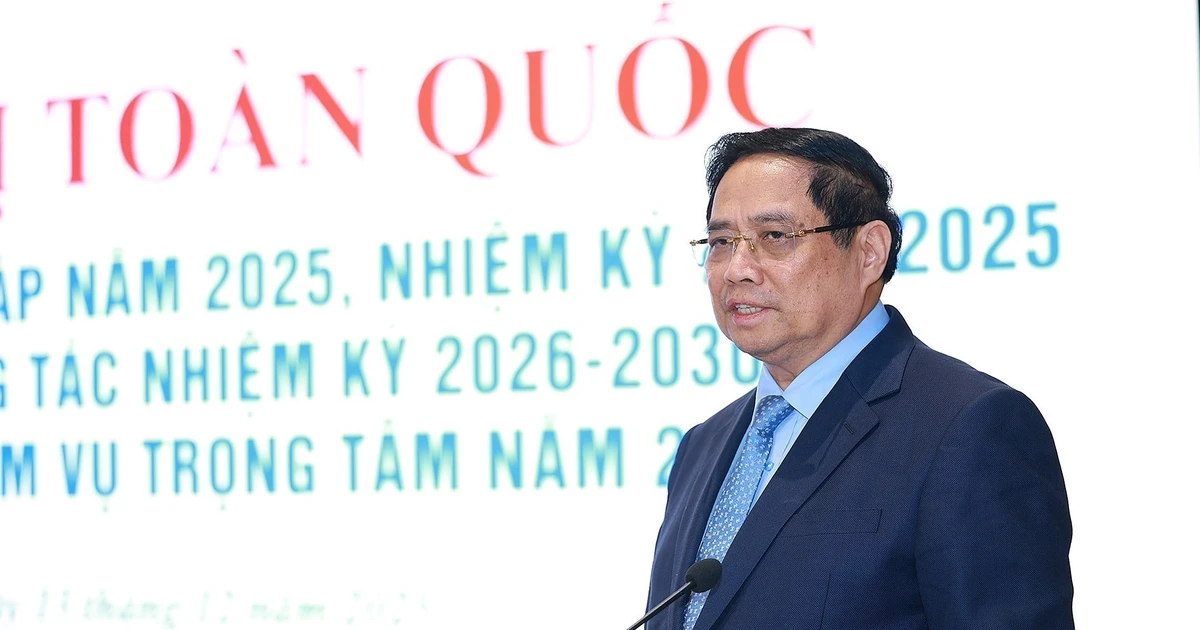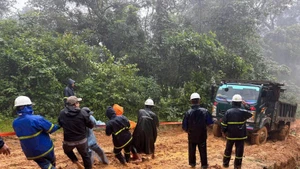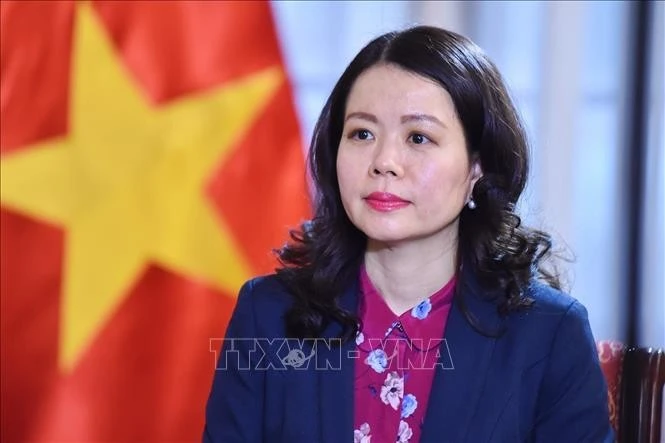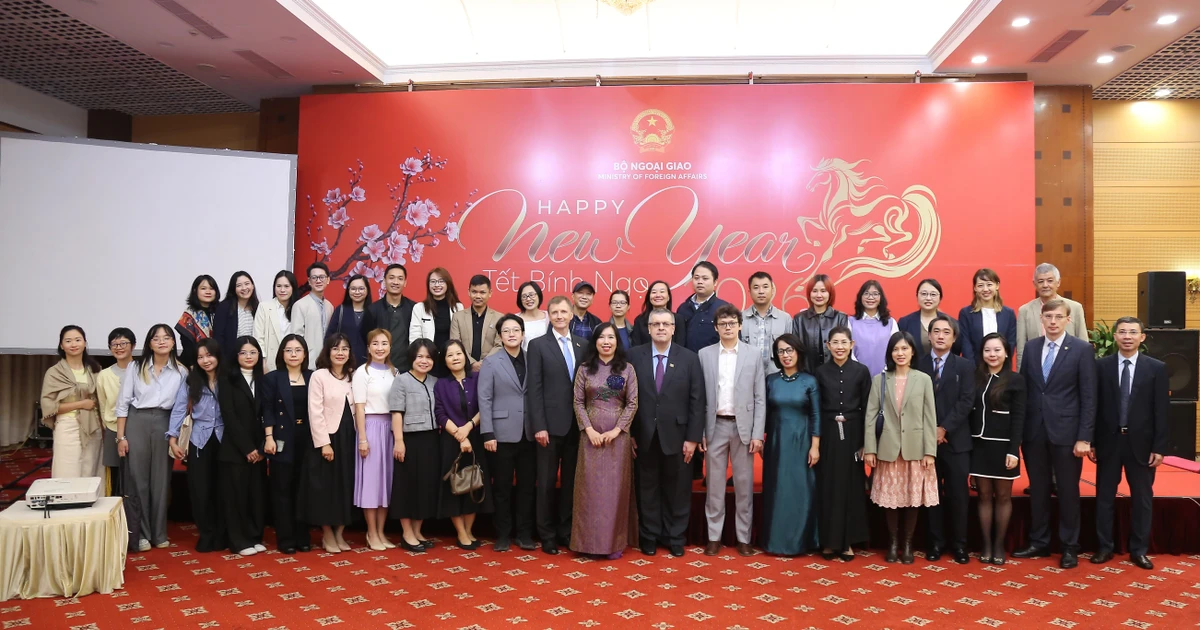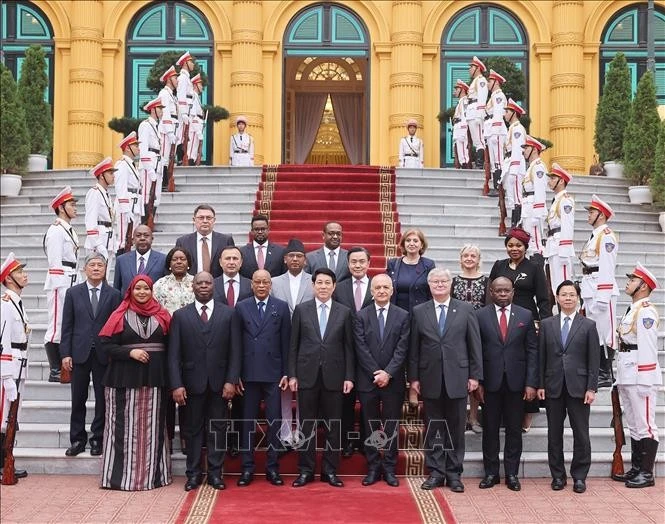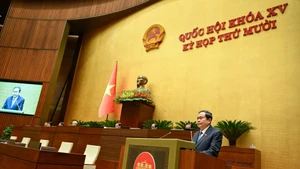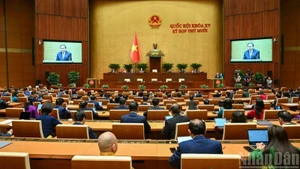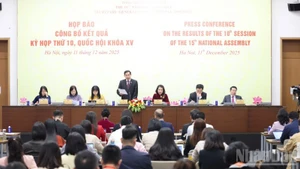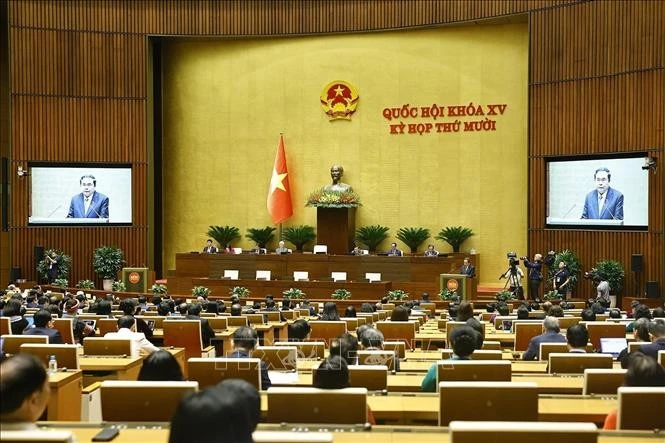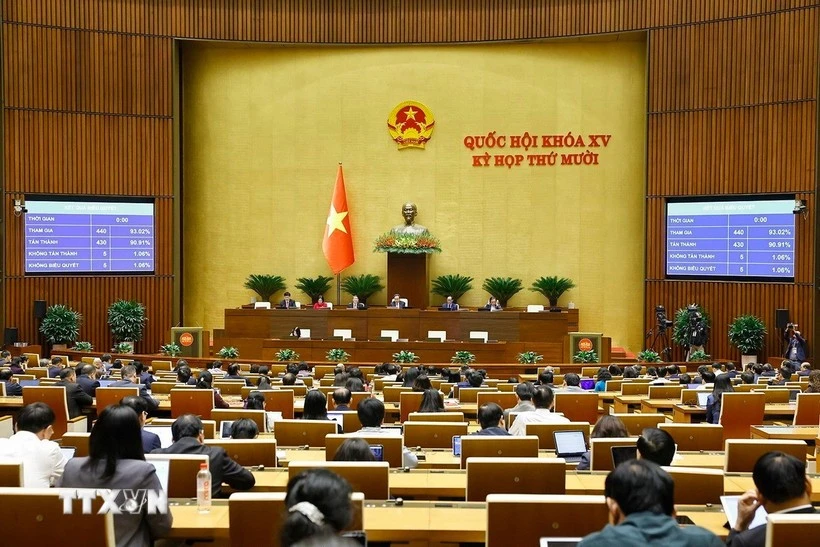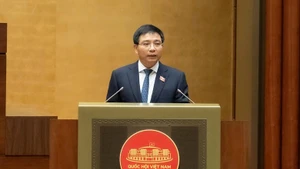At 12:30am on 25 April 1975, with the mission to liberate the islands in the Truong Sa Archipelago, an amphibious force (Team 2 of the C.75 naval commando units), under the command of Second Lieutenant Do Viet Cuong, successfully landed on Son Ca Island.
After completing a thorough reconnaissance of the target, the liberation assault began at exactly 2:30am that same day. All attack formations simultaneously opened fire. The US troops were caught completely off guard, mounted a weak resistance, and soon fled. By 3:00am, Vietnamese troops had taken full control of Son Ca Island.
On the same day, at the Headquarters of Corps 1 based in Rach Be, the Command of Corps convened to disseminate the combat resolution previously approved by the Command of the Ho Chi Minh Campaign. Specific tasks were assigned to each unit.
Major General Nguyen Hoa, Commander of the Corps, issued orders on operational coordination using a sand table to guide the infantry and branch commanders. Beginning on 25 April, Battalion 5 of Regiment 27, Division 320, commenced movement towards Lai Thieu.
Also on 25 April, in the operational area of Corps 3, signs were detected that the 25th Division of the Republic of Vietnam army was retreating towards Dong Du and Hoc Mon. In response, the Command of Corps ordered Division 316 to deploy its entire force to block and pin down the US troops. Regiment 149 cut Highway 1 to the east of Trang Bang and encircled enemy positions in preparation to strike them there. Regiment 174 severed Highway 1 in the Phuoc My area and stood ready to seize the Phuoc My base.
From 25 to 27 April 1975, the artillery units of Corps 3 launched heavy bombardments on enemy artillery positions in Dong Du, Phuoc My, Dong Chua, Trang Bang, Go Dau Ha, Ben Kho, and Khiem Hanh.
While a meeting of the Southwest Region Party Committee was in session, a telegram from the Central Office for South Vietnam was received: the order to begin the Ho Chi Minh Campaign, with an assault on Saigon to commence on 26 April 1975. The Party Committee and the Command of the Southwest Military Zone immediately instructed all units and local forces to launch a general offensive and uprising to liberate the homeland. The designated time for action was 00:00 on 30 April 1975.
In the final 11-day sprint leading up to the Ho Chi Minh Campaign, the strategic logistics force under the Truong Son Command transported 24,000 tonnes of weapons, 25,000 tonnes of food and supplies, 1,000 tonnes of medicine, and 1,000 tonnes of fuel. It also established five central maintenance stations and ten repair units for artillery and tanks to ensure mobility for the campaign.
Notably, in the days immediately preceding the campaign, the southern logistics force mobilised 10,000 personnel from rear areas into eight mobile battalions. Additionally, nearly 4,000 transport vehicles of various types, 656 motorboats and canoes, 1,736 cargo bicycles, and 63,342 civilian logistics workers were deployed. Fifteen field hospitals and 17 medical teams with more than 10,000 beds were also set up to support the troops.
In preparation for the decisive strategic battle, all personnel and equipment at the B.2 Military Industry workshops were focused on the urgent production of two high-demand weapons: directional mines and explosive charges for breaching enemy barriers.
Following orders from the Southern Command, the regional ordnance office led affiliated workshops in a 20-day production surge from April 5 to 25, 1975, resulting in 6,809 barrier-breaching explosive charges and 3,621 MDH10 directional mines.
From April 20 to 25, 1975, under the direction of the campaign’s command, the main forces of Corps 1, 2, 3, and 4, along with Unit 232, closed in on Saigon-Gia Dinh from five directions, poised to initiate the final and decisive battle in the historic Ho Chi Minh Campaign.
